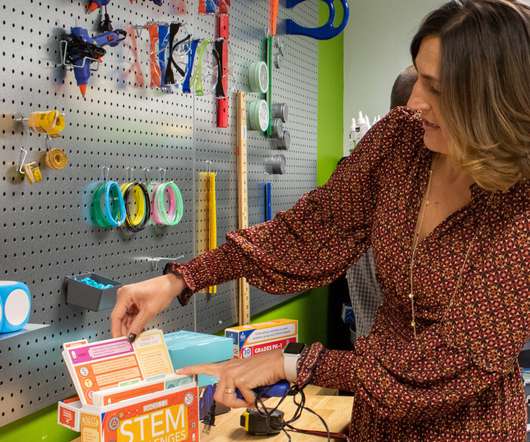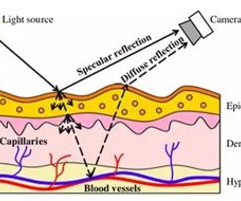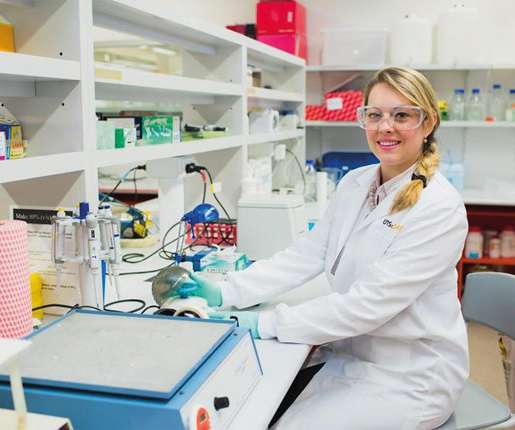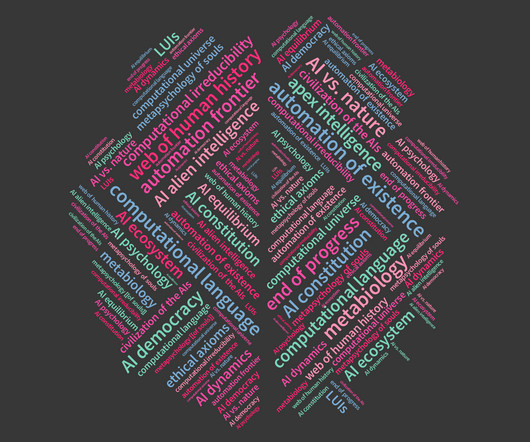Indoor STEM Activities for Kids
STEM Sport
DECEMBER 12, 2023
During these colder months, when outdoor adventures are limited, it’s crucial to find creative ways to engage young minds and bodies. Focusing on STEM (science, technology, engineering, and mathematics) activities can be an excellent strategy to keep students engaged in winter.














Let's personalize your content